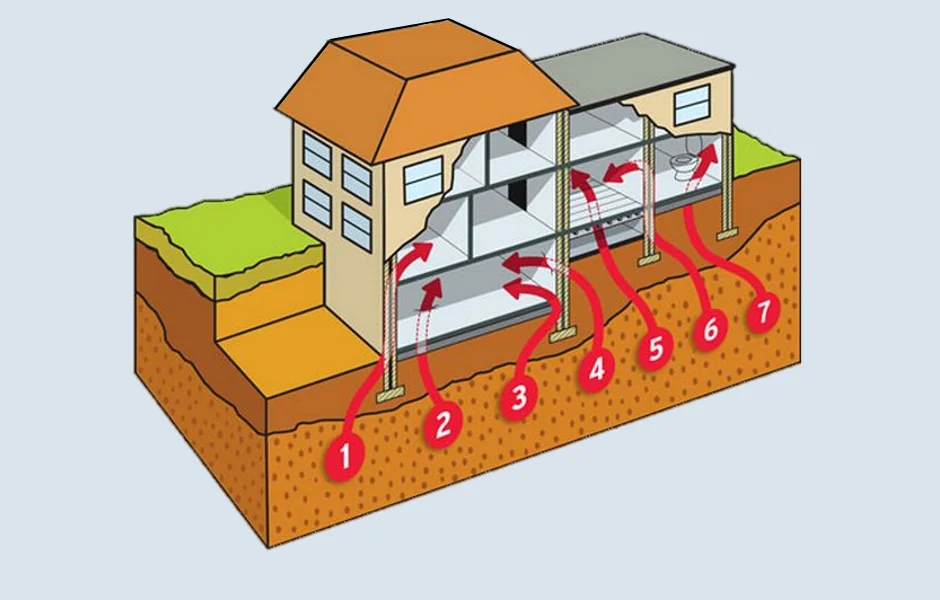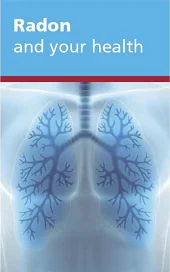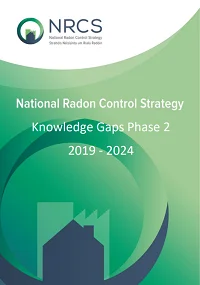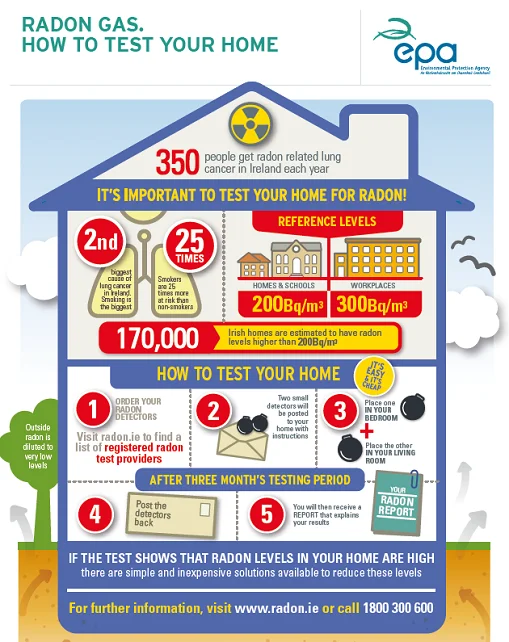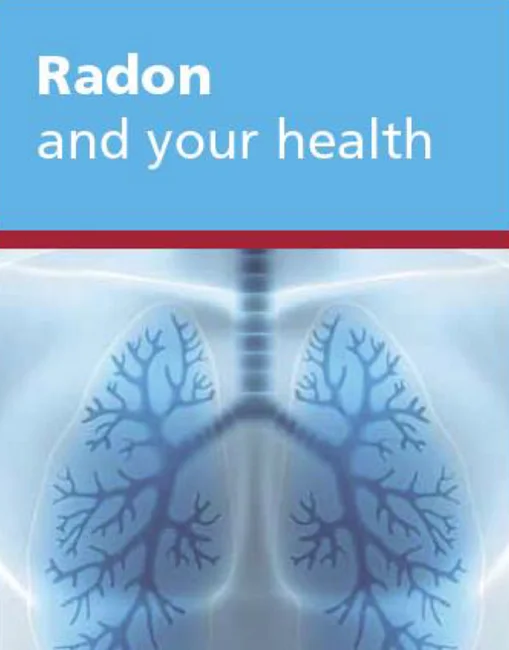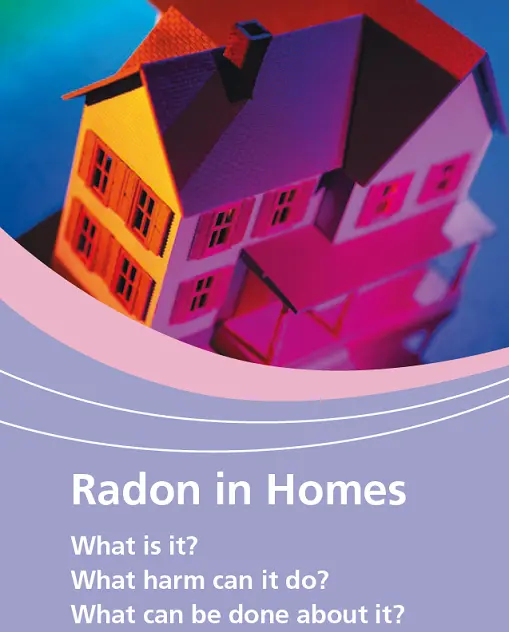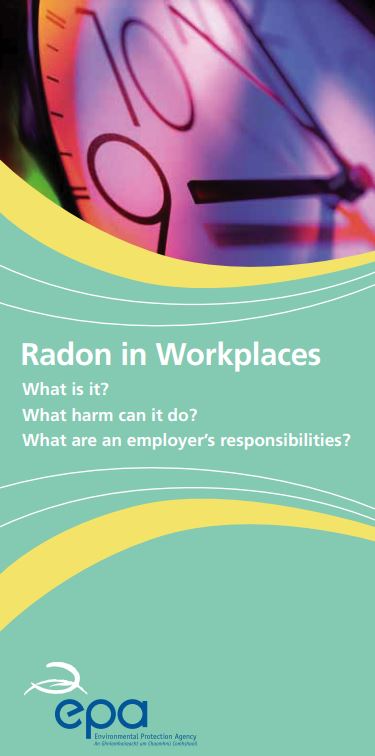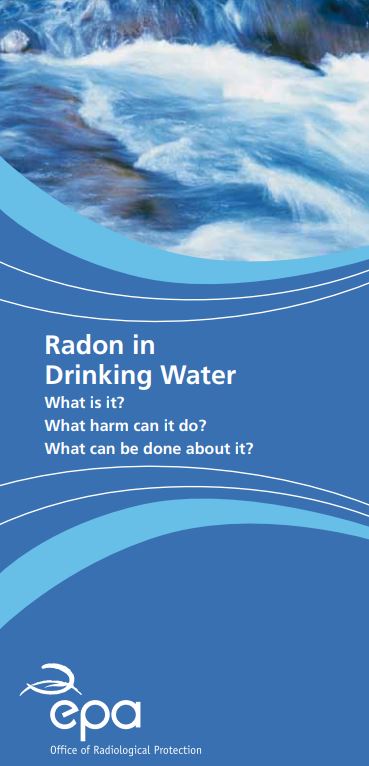Radon can enter your home from the ground through small cracks in floors and through gaps around pipes or cables. Radon gas can be sucked from the ground into a home because the indoor air pressure is usually slightly lower than outside. The reason for this is that warmer indoor air rises, resulting in slightly lower pressure indoors. Homes and workplaces in some parts of the country are more likely to have a radon problem. These parts of the country are called High Radon Areas. You can check our interactive map to see whether your home or workplace is in a High Radon Area. A radon test is the only way to know if there are high levels of radon where you are.
What's happening with radon?
